Women’s Football Leagues: A Comprehensive Guide
From its humble beginnings to the present-day leagues, women’s football has come a long way in terms of recognition, growth, and competitiveness. This article will delve into the fascinating history of women’s football leagues, their development, and the impact they have had on society.
History of Women’s Football Leagues
The Origins of Women’s Football Leagues
The origins of women’s football leagues can be traced back to the late 19th century, with the formation of the British Ladies Football Club in 1894. Matches were primarily played between teams of women from England, Scotland, and Ireland. Women’s football gained momentum during World War I, where women were active in factory roles, allowing them to engage with football as a recreation. The Dick, Kerr’s Ladies football team from England famously established themselves as a dominant force, drawing large crowds for their matches. By the early 1920s, women’s football was starting to gain some ground; however, the Football Association (FA) implemented a ban on women playing on FA member grounds in 1921. This led to a decline in the popularity and development of women’s football leagues in the UK.
The Growth of Women’s Football Leagues
In recent decades, women’s football leagues have experienced significant growth, overcoming historical setbacks. During the 1960s and 70s, key organizations formed in Europe, such as the Italian Women’s Football Federation and the Netherlands’ women’s football league in 1968, and the English Women’s Football Association in 1969. These organizations fueled the growth of women’s football within their respective countries. In 1985, the European governing body of football, UEFA, began hosting the first European competitions for women’s clubs, which went on to become the UEFA Women’s Champions League. This development further increased the popularity and competitiveness of the sport across Europe.
Women’s football leagues have expanded globally since, with the United States acting as a pivotal force in the growth of professional women’s football through its college system. The first-ever FIFA Women’s World Cup took place in 1991, intensifying worldwide interest and participation in the sport. The United States has also paved the way for professional women’s football leagues by establishing the Women’s United Soccer Association (2001-2003), Women’s Professional Soccer (2009-2011), and the National Women’s Soccer League (NWSL) in 2013. Furthermore, other regions such as Asia have been creating their respective women’s leagues, reflecting the global expansion and development of women’s football.
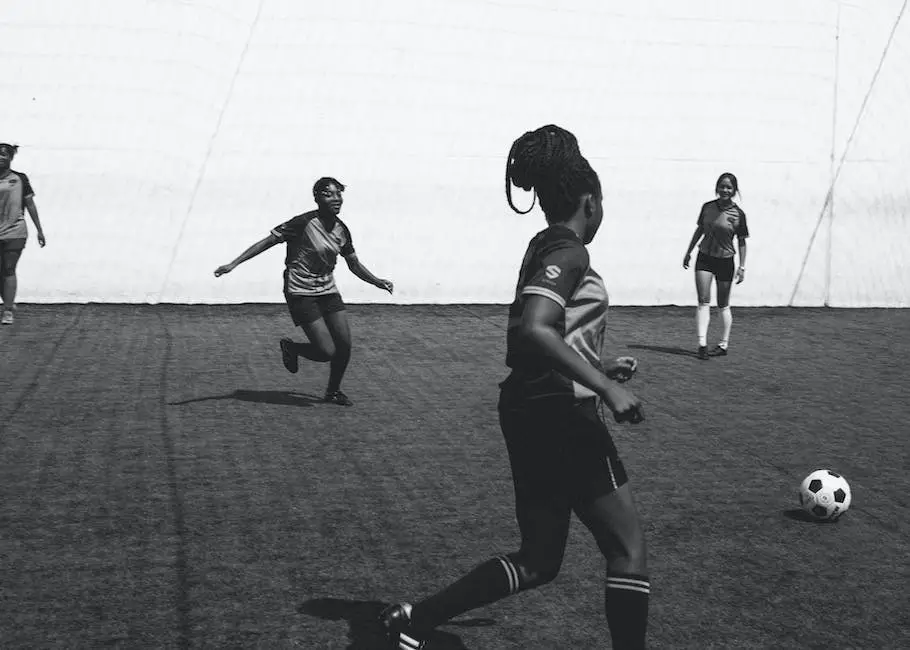
Top Women’s Football Leagues
The National Women’s Soccer League (NWSL)
Currently, the United States boasts the premiere professional women’s soccer league, the National Women’s Soccer League (NWSL), which ranks as one of the most competitive leagues worldwide. Established in 2013, the NWSL features ten teams from across the nation that participate in 24 regular-season matches every year. The six best-performing teams advance to the postseason playoffs, culminating in the NWSL Championship match. The league attracts a multitude of talented athletes, including members of the U.S. Women’s National Team and renowned international players. Some of the most successful teams within the NWSL are the Portland Thorns FC, North Carolina Courage, and Seattle Reign FC. Notably, the Courage emerged as the NWSL Championship winners in both 2018 and 2019.
The English FA Women’s Super League (FA WSL)
The English FA Women’s Super League (FA WSL) is another top-tier women’s professional football league, featuring 12 clubs from England. Established in 2011, the FA WSL operates on a promotion and relegation system with the FA Women’s Championship, the second-division league. The teams play 22 regular-season matches, with the team finishing the season in first place being crowned champions. The FA WSL is home to several leading teams, including Arsenal Women, Chelsea Women, and Manchester City Women, all of which have secured championship titles in recent years.
The National Women’s Soccer League in the United States
In the United States, the National Women’s Soccer League (NWSL) is the premier women’s football league, featuring top talent from around the world. Established in 2013, the NWSL consists of 10 teams and operates with a single-entity structure in which each team is centrally owned and controlled by the league. Teams compete in 24 regular-season matches, with the top six teams advancing to the playoffs, culminating in the NWSL Championship match. Notable clubs in the NWSL include the Portland Thorns FC, North Carolina Courage, and OL Reign. In addition to domestic competitions, American clubs have produced many successful players who have represented their countries in international competitions, such as the FIFA Women’s World Cup and the Olympics, further solidifying the NWSL’s status as a top women’s football league.

Player Development in Women’s Football
Player Development in the National Women’s Soccer League
Player development in the NWSL and women’s football in general begins at a young age, with youth academies playing a critical role in nurturing and refining the skills of aspiring female soccer players. These academies, managed by professional clubs or independent organizations, provide comprehensive training programs that focus on skill development, physical conditioning, and tactical awareness. As the players progress through the youth ranks, they have the opportunity to compete in local, regional, and national leagues, gaining invaluable experience that will prepare them for the next stage of their careers, including the possibility of playing in the NWSL or other top-level women’s soccer leagues around the world.
Collegiate-Level Competition
A primary pathway for young female footballers to continue their growth is through collegiate-level competition, often by earning scholarships at National Collegiate Athletic Association (NCAA) institutions. The college soccer system in the United States offers a high level of competition, with female players developing their skills under experienced and well-versed coaches. Collegiate playing experience not only prepares players for the challenges of professional football but also provides a platform for them to gain exposure and catch the attention of national team scouts.
National Team Programs
National team programs are essential in the player development pathway, as they identify, develop, and prepare talented female athletes to represent their countries at the highest level. Players selected for national teams participate in regional and international competitions, such as the FIFA Women’s World Cup, the Olympics, and various continental championships. These programs also offer exposure to elite-level coaching, sport science, and medical support, ensuring that athletes have the necessary tools to compete at the highest level.
Professional Club Leagues
For women football players seeking opportunities beyond national teams, professional club leagues offer a competitive environment for growth and development. One such example is the National Women’s Soccer League (NWSL) in the United States, which showcases top talent and has gained significant attention from fans and investors alike.

Economic Growth and Sponsorship
The Rise of Women’s Football Leagues
Driven by successful tournaments like the FIFA Women’s World Cup and continental competitions, the popularity and visibility of women’s football have rapidly increased in recent years. As a result, economic growth in women’s football leagues is evident in rising revenues, player salaries, and a surge in sponsorship deals and partnerships. More fans are now tuning in to watch games, encouraging brands and advertisers to invest in the sport and fueling its continued development.
Sponsorship and Advertising Investment
Sponsorship and advertising revenue are crucial for the financial growth of any sports league, and women’s football is no exception. Key partnerships with major brands like Nike, Visa, and Coca-Cola have significantly contributed to increased revenue for women’s football leagues. These sponsorship deals not only provide financial support but also help raise the profile of the women’s game through marketing campaigns and brand association. As a direct result, player salaries in women’s football leagues have seen a steady increase, leading to more financial stability and recognition for female athletes.
The Gender Pay Gap
It is vital to acknowledge that despite the economic growth experienced in women’s football leagues, significant disparities still exist compared to the men’s game. These differences are noticeable in aspects such as revenue, media coverage, and salary disparities between male and female athletes. Constructive efforts are necessary, not only to continue the current trajectory of growth but also to bridge the gap between men’s and women’s football. Ensuring equity in terms of pay and opportunities can be achieved through a combination of sponsorship deals, revenue growth, and increased media coverage, helping women’s football leagues thrive and maintain the momentum built so far.
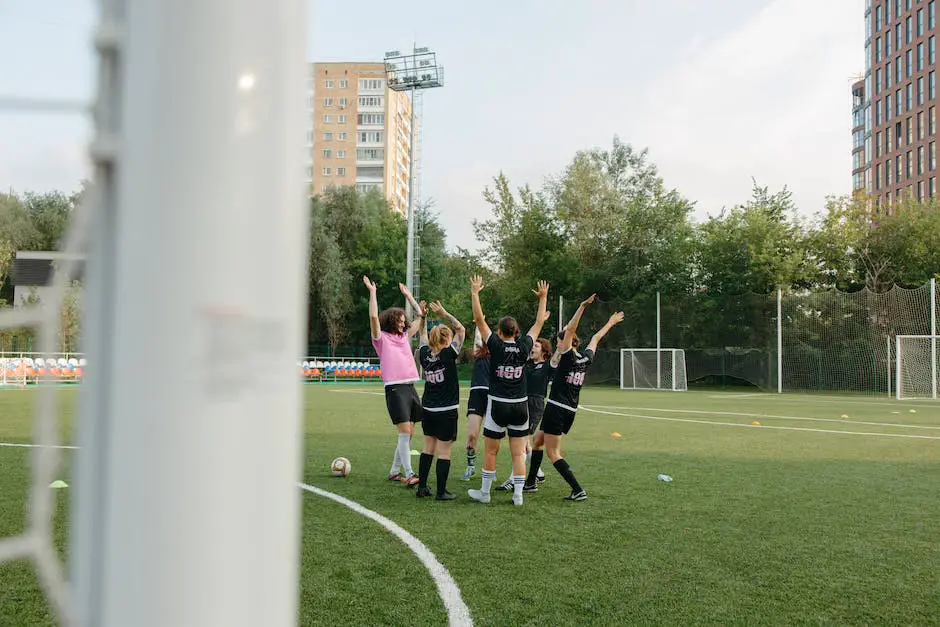
Challenges and Barriers in Women’s Football
A significant hurdle to achieving equity in women’s football leagues is the ongoing issue of pay equality. Female football players generally earn substantially less than their male counterparts, despite competing at elite levels. The pay gap can be traced back to various factors, including lower game attendance, decreased advertising revenue, and unequal investment from sponsors. Women football players continue to advocate for equal pay and improved conditions; however, a considerable gap persists, as evidenced by the US Women’s National Team’s ongoing fight for equal pay.
In addition to pay inequity, gender discrimination remains a considerable challenge for women’s football leagues. Female players often face stereotypes that label them as inferior to male players, affecting their fan base and media coverage. Furthermore, women’s football often receives less media coverage than men’s football, leading to a lack of visibility and exposure for these talented athletes. The public’s perception and attitudes towards women’s sports shape the opportunities and resources provided to female athletes, making it critical for continued efforts to break gender stereotypes and promote gender equality in sports.
Facility access and the allocation of resources pose significant barriers for women’s football leagues. Often, female teams have fewer practice facilities and playing grounds compared to men’s teams. Such disparities result in inequitable resources and opportunities for the development of women’s football. Furthermore, the quality and safety of playing surfaces, training equipment, and medical support available to female players are often compromised due to this unequal allocation of resources. Addressing these issues through increased funding and public support is crucial for helping women’s football leagues reach their full potential and achieve parity with men’s football leagues.
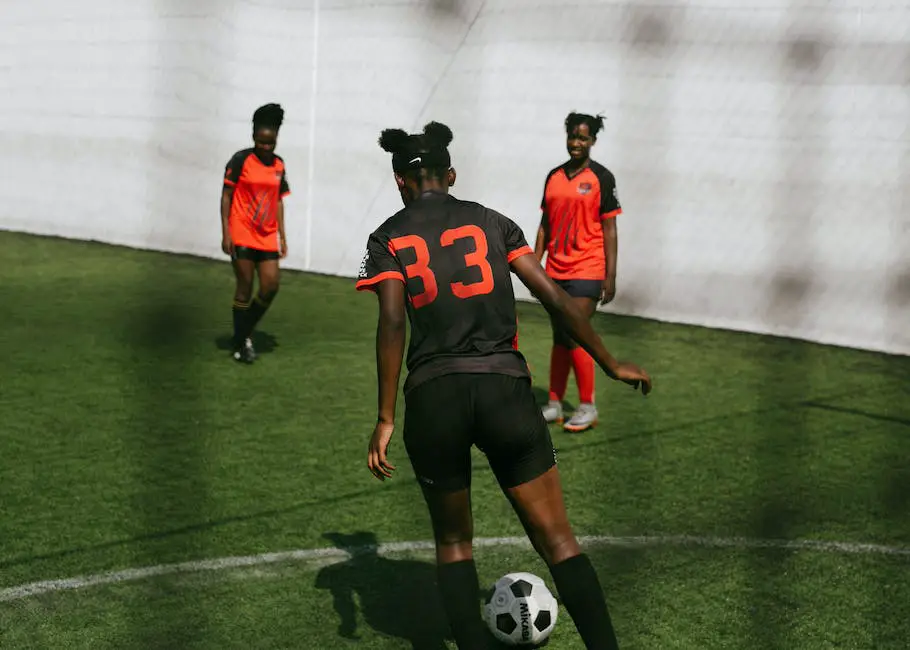
The Impact of Social Media and Streaming Platforms
Fortunately, the rise of social media and streaming platforms has played a significant role in increasing the visibility and growth of women’s football leagues worldwide. Platforms such as Twitter, Instagram, and Facebook have allowed players, teams, and fans to connect and engage with each other, fostering a more inclusive community centered around the sport. This heightened visibility has helped shatter traditional gender stereotypes and encouraged the growth and expansion of women’s football. Sharing highlights, behind-the-scenes content, and personal stories of resilience and achievement has resulted in a more personable fan experience, further bridging the gap between men’s and women’s football leagues.
Streaming platforms have further contributed to the growth of women's football by making matches more accessible to audiences worldwide. In the past, women's football matches were often not broadcast on traditional television networks, making it challenging for fans to follow their favorite teams and players. However, streaming platforms such as YouTube, Twitch, and ESPN+ have allowed leagues to reach a more extensive audience base, significantly increasing viewership numbers. This increased exposure has led to a surge in investments, sponsorships, and partnerships, contributing to the leagues' financial stability and growth.
One notable example of fan engagement through social media and streaming platforms is the National Women’s Soccer League (NWSL) in the United States. With more than 1.5 million followers across its social media channels, the NWSL has seen a significant rise in fan engagement and visibility, leading to landmark broadcast deals with CBS and Twitch. Additionally, during the COVID-19 pandemic, the league had to adapt to social distancing measures and maintain fan engagement by streaming matches on various platforms, energizing fans and attracting new audiences. The growth of women’s football leagues, powered by social media and streaming platforms, reinforces the sport’s significance and showcases the talents of female athletes worldwide. This has allowed for the rise of many Women’s football legends, leaving an indelible mark on the sport and inspiring millions.
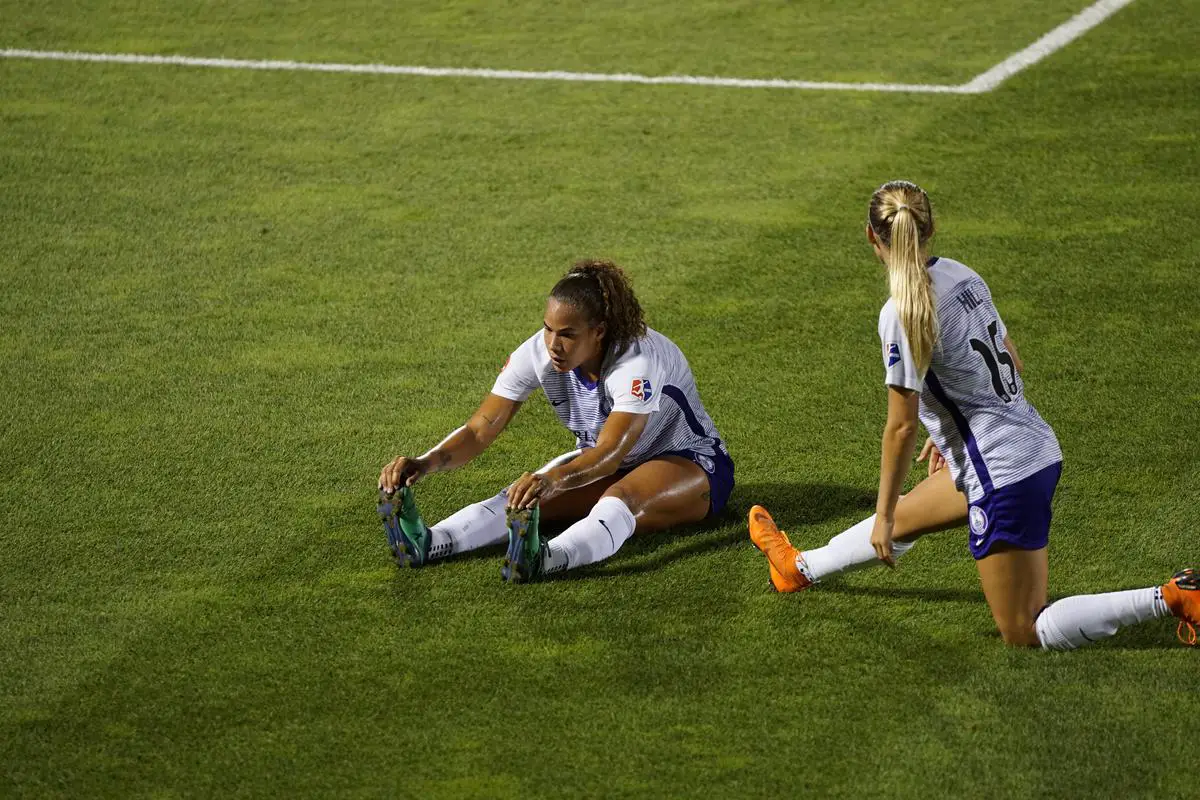
Photo by jeffreyflin on Unsplash
Influential Players and Stars
Football Legends
Marta Vieira da Silva, commonly known as Marta, is a Brazilian footballer widely regarded as one of the best female players of all time. She has spent her career playing for clubs around the world, from Brazil to the United States, Sweden, and more. Marta has earned numerous accolades and awards, including six FIFA World Player of the Year titles. She is the all-time leading goal scorer in the history of the FIFA Women’s World Cup with 17 goals, surpassing even her male counterparts in history. Marta is a powerful playmaker, skillful dribbler, and dynamic scorer, seamlessly blending sheer power and finesse on the field.
American forward Abby Wambach, now retired, was a monumental figure in women’s football throughout her career. As a two-time Olympic gold medalist and a FIFA World Cup winner, she led the United States Women’s National Team to numerous victories on the international stage. Wambach was named the 2012 FIFA World Player of the Year and has scored 184 international goals, more than any other male or female player in history. She is also known for her signature headers and tireless work ethic, inspiring countless young women to pursue their own dreams in the world of soccer.
One final influential figure in women’s football is Megan Rapinoe, an American midfielder who has become not only a dominant force on the field but also an outspoken advocate for social justice and LGBTQ+ rights. Rapinoe has spent her career playing for several clubs in the United States and Europe, as well as representing the United States Women’s National Team. Over the course of her career, she has won numerous prestigious awards, including the 2019 Golden Boot and Golden Ball at the FIFA Women’s World Cup, and the 2019 Best FIFA Women’s Player award. Rapinoe’s impact extends beyond her extraordinary skills on the pitch; she is a powerful voice for change and an inspiration to millions of fans across the globe.
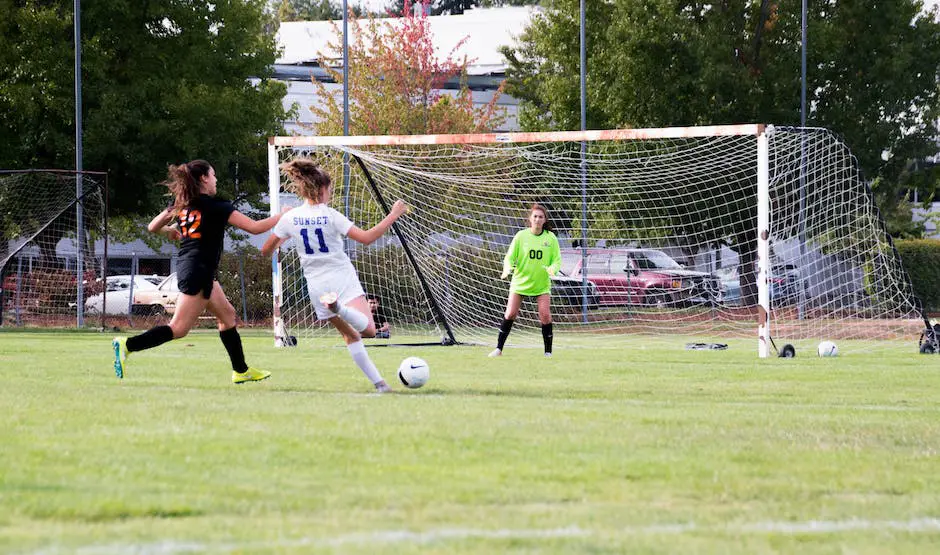
Future Prospects for Women’s Football Leagues
Women’s Football Leagues
Continuing the legacy of these football legends, women’s football leagues have seen a significant surge in popularity and recognition in recent years, with numerous opportunities presenting themselves for further growth and development.
Talent development is at the forefront of this progress, as an increasing number of clubs and leagues are investing in youth academies and scouting networks to identify and nurture the best female players. This growth in grassroots football has led to an enhancement of the overall quality of the game at the top level, with international tournaments such as the FIFA Women’s World Cup experiencing record-breaking viewing figures and competitive matches on a global scale. Women’s football leagues around the world strive to continue the inspiring legacy of trailblazing players like Marta, Wambach, and Rapinoe, paving the way for future generations of talented athletes to make their mark on the field and beyond.
Commercial Aspect
The commercial aspect of women’s football leagues has also seen a marked transformation, with many sponsors recognizing the significant potential returns on investment. Deals such as Barclays’ multi-million-pound sponsorship of the Women’s Super League in the UK have shown that there is a growing appetite for corporate partnerships within the sport.
Broadcasting agreements have also broadened the reach of women’s football, enabling fans to easily access and follow their favorite teams and players. Digital platforms and social media have further boosted the game’s visibility, resulting in unprecedented levels of public interest and fan engagement.
Global Recognition
In terms of global recognition, women’s football leagues are becoming more widely respected and acknowledged, both for their competitive nature and for the opportunities they provide female athletes. The success of female players in various leagues has helped to challenge pre-existing stereotypes surrounding the sport and is encouraging further investment and support.
Furthermore, organizations such as FIFA and UEFA have committed to developing women’s football around the world, providing essential funding, infrastructure, and resources to help build and sustain successful leagues.
Future Prospects
Overall, the future prospects for women’s football leagues worldwide are incredibly promising, given the continued emphasis on talent development, commercial opportunities, and global recognition.
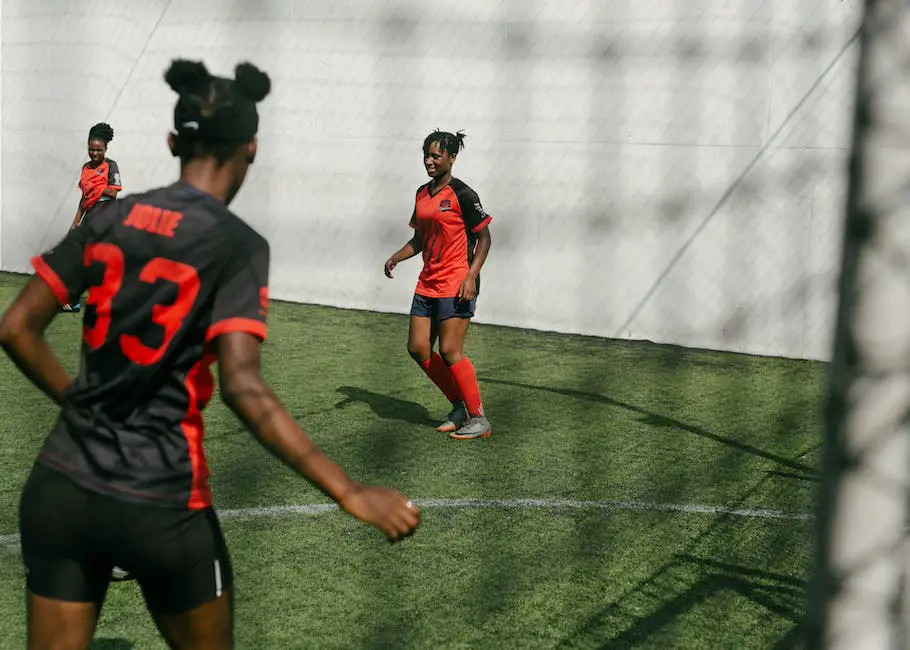
Throughout this article, we explored the transformation of women’s football leagues, the players who’ve shaped their course, and the challenges they continue to face. As social media and streaming platforms further enhance their visibility, women’s football leagues are set for a bright future with more opportunities for aspiring players, increased economic growth, and global recognition. Let us continue to celebrate and support these incredible athletes and their journey toward a more inclusive and equal sports landscape.
